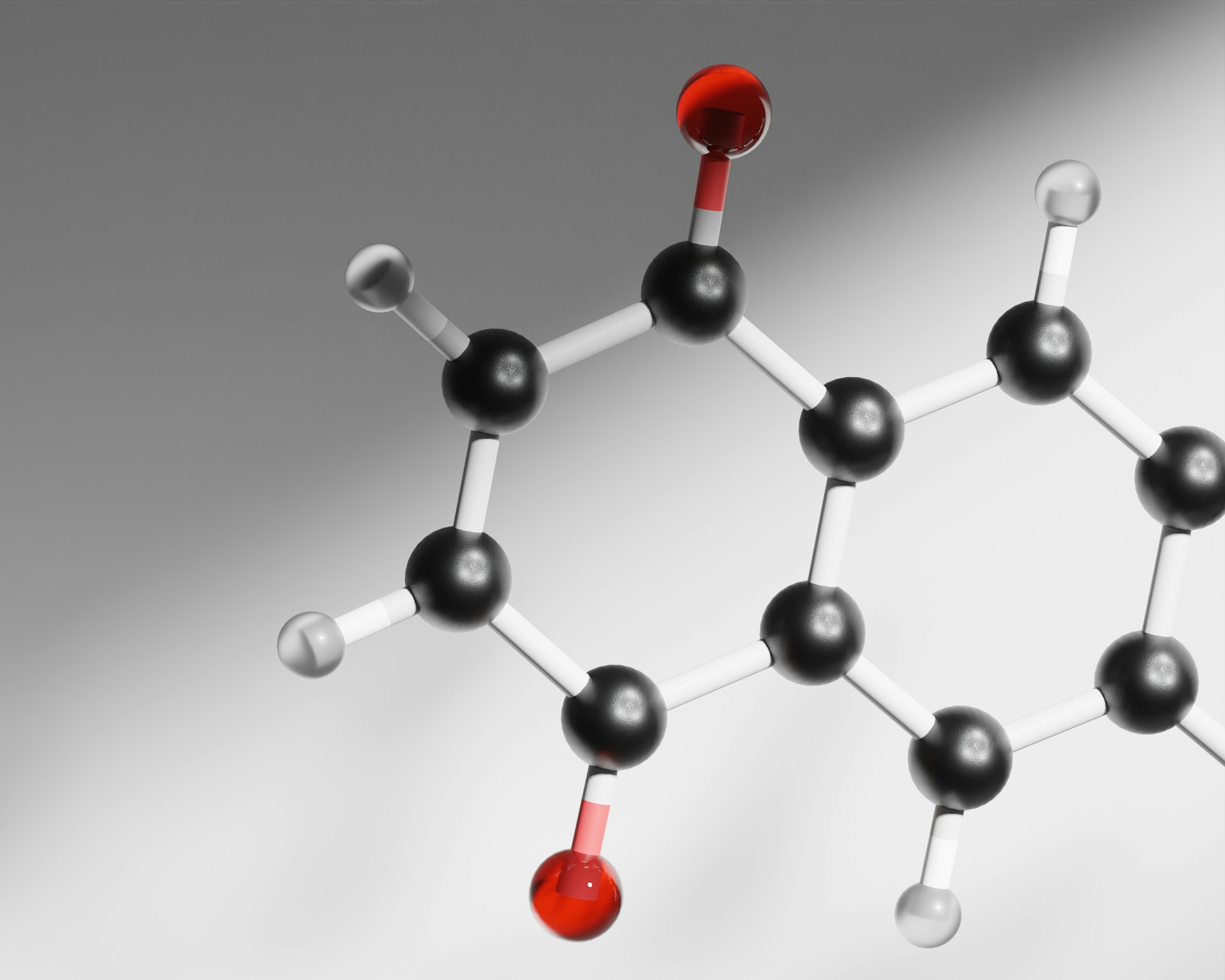Could quartz crystals be the answer to reducing our carbon output? Photo Credit: Content Pixie via Unsplash
For centuries, civilisations have recognised the power of quartz crystals. Ancient Romans used rose quartz to signify ownership, Ancient Egyptians believed it could prevent ageing, and during the Middle Ages it was used as a healing stone. Now, Emiliano Casati and his team in Switzerland have discovered the use of synthetic quartz to trap and concentrate solar energy, a feat that could revolutionise the decarbonisation of energy intensive industries such as steel, cement, and ceramic production.
When discussing the need for cleaner energy, people often think only about the energy needed for electricity and transportation, yet energy used for the generation of heat accounts for over half of the world’s consumption. Much of this heat is used to power industrial processes such as steel smelting and cement production. In previous studies, researchers have looked at decarbonising these industries through solar receivers, devices that concentrate sunlight to be used as energy. A heat of 1050ºC needs to be achieved for use in industrial processes but up until now only temperatures of up to 170ºC have been achieved.
…energy used for the generation of heat accounts for over half of the world’s consumption.
In a study published in May, Casati and his team built on this prior research and demonstrated that the use of synthetic quartz in solar receivers could generate heat up to 1050ºC. This heat trapping device consisted of a rod of synthetic quartz attached to an opaque silicon disk that was then exposed to the solar energy. The thermal trapping effect of the quartz caused a reduction in heat losses at high temperatures. To do this, the opaque silicon disk efficiently absorbs the sunlight and transfers the energy, by conduction, to the semi-transparent quartz. The quartz has specific optical properties that allow it to keep in this heat rather than emitting out, resulting in higher temperatures in the interior of the device than at the surface exposed to the sunlight. This effect also works in other semi-transparent materials such as water and gases, but quartz was chosen due to its suitability at temperatures above 1000ºC.
The thermal trapping effect of the quartz caused a reduction in heat losses at high temperatures.
The device created by the team was tested using LEDs in a lab to simulate the sunlight while eliminating other factors. It retained 70% of the energy inputted in the system, compared to just 40% without the quartz shield at the same temperature, showing promising results. The next step for Casati and his team is to optimise the device and scale it up. It will also need to be made economically viable before any large-scale implementation in industry can take place. That said, the potential impacts of using this technology to replace the burning of fossil fuels in manufacturing industries is one step closer.
It will also need to be made economically viable before any large-scale implementation in industry can take place.
The move towards a greener planet relies on innovation from researchers such as Casati and his team looking at novel solutions to our energy demand. Despite the study only providing a proof-of-concept device, it is a key step to show that we can harness renewable energy from nature to power today’s society.





